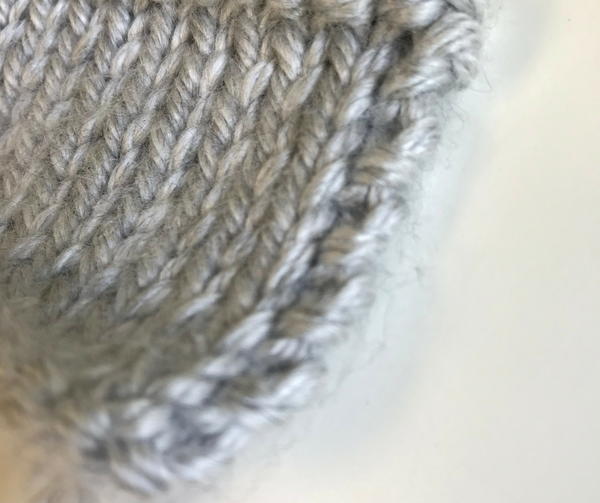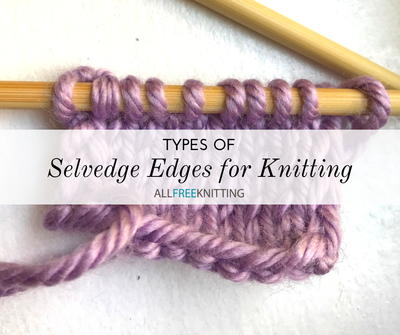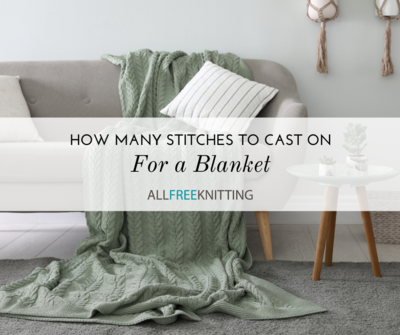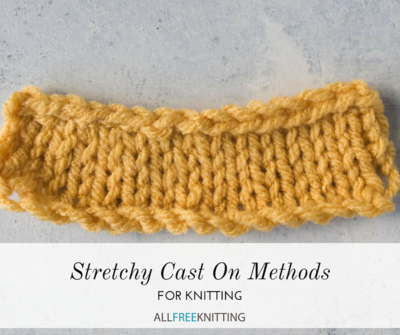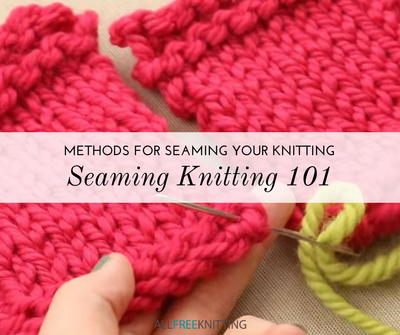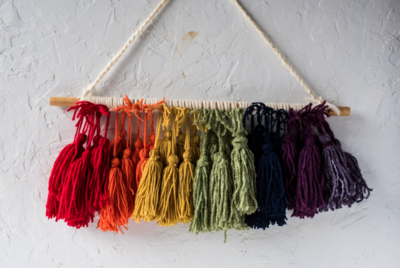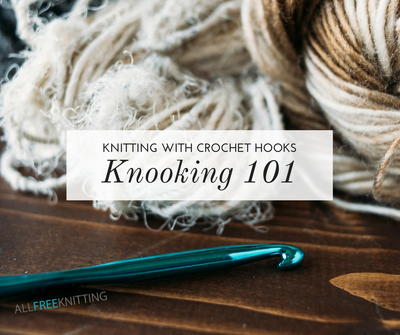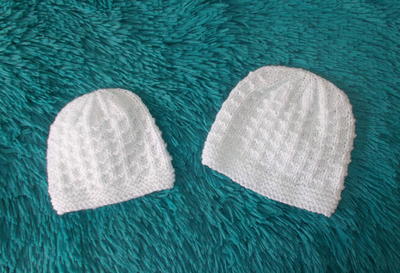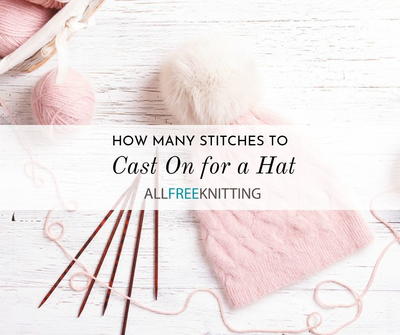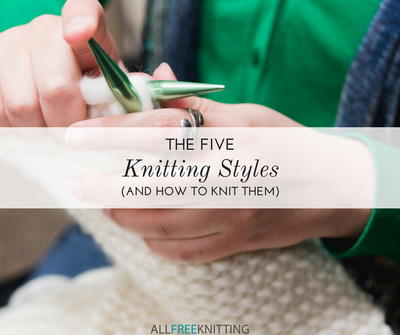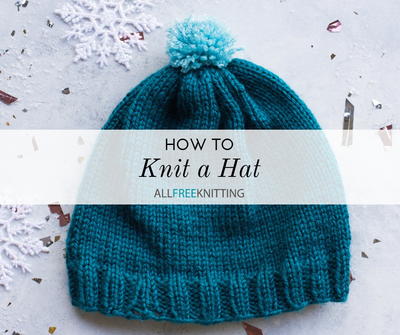5 Selvedge Edges for Knitting
Sometimes called a slip stitch edge or a structured edge, these techniques make you patterns look complete!
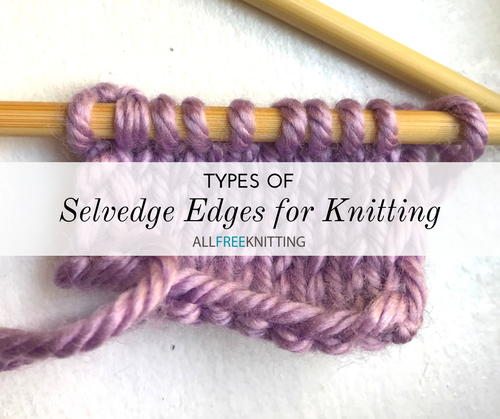
There's nothing better than binding off your patterns and admiring a finished project that looks polished and professional. One of the best ways to step up your knitting game and make your knits look a little cleaner is to use a selvedge edge!
There are various styles of edging that you can use in knitting, but some of the most popular are slip stitch selvedge edges. Essentially all that this means is that there is a staggered slip stitch along both sides of the knitting that makes the sides of your fabric look a little neater. This is also helpful if you plan to pick up stitches along the edge of your fabric at a later time to join another piece of knitting.
Below, we've outlined the five most common styles of selvedge edges and given you the steps to incorporate them yourself. And the best part is that you can add them to just about any knitting pattern imaginable! Try them all and see which one feels the most natural to you!
What Is a Selvedge Edge in Knitting?
"Selvedge edges" refers to any type of edging used in fabric that acts as a self-finishing edge. Essentially, all this means is that something is modified within the fabric itself so that it doesn't require any sort of finishing element, like a seam or Typically this is is done to prevent fraying, to strengthen the fabric, or to get the fabric to behave in a certain way. In knitting, this means a modification to the first and last stitch (or stitches) of each row.
There are two basic groups of knitted selvedge edges -- slip stitch edges and structured or "garter" edges. Slip stitch edges are more common and add a clean looking edge when paired with stockinette-based stitches, like ribbing, brioche, lace, and of course, stockinette.
Basic Slip Stitch Selvedge Edge
By far the most common type of selvedge edge among knitters today, the basic slip stitch edge is super easy to do because it's the same on both the right and wrong side rows.
How to Do It:
RS & WS Rows: Slip the first stitch purlwise, continue in pattern, knit the last stitch.
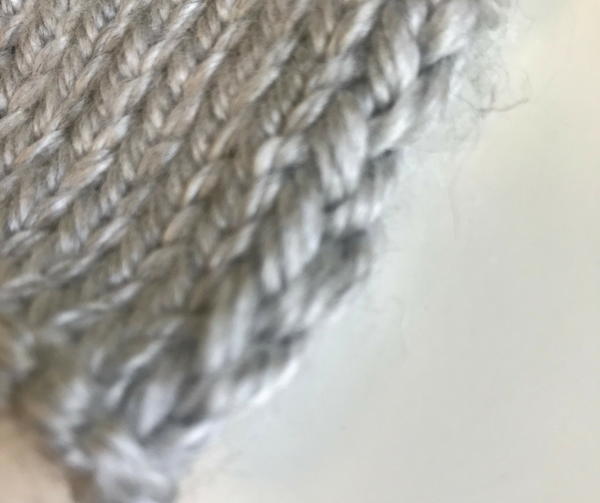
English Slip Stitch Selvedge Edge
Great for stockinette stitch and as an edge for ribbing, the English style slip stitch is often favored by some knitters because of its consistency; every stitch on the RS rows is done knitwise, and every stitch on the WS rows is done purlwise. Similarly, this method makes it so that you do the same maneuver (working or slipping) on both sides of the same row.
How to Do It:
RS Rows: Slip the first stitch knitwise, continue in pattern, slip the last stitch knitwise.
WS Rows: Purl the first stitch, continue in pattern, purl the last stitch.
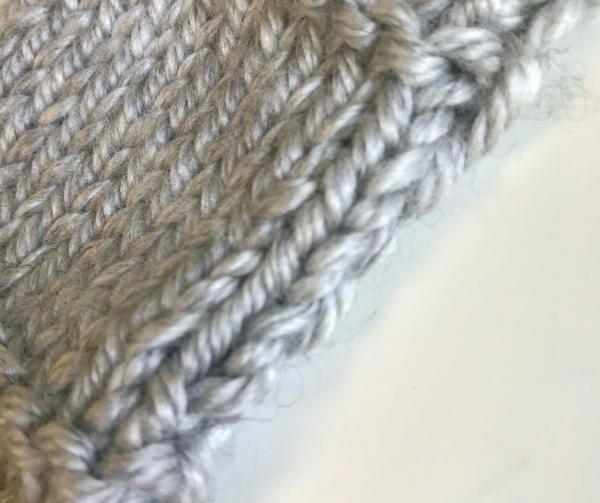
French Slip Stitch Selvedge Edge
Much like the English style slip stitch selvedge edge, this French method is favored by some for its consistency. In this pattern, however, you only slip the first stitch of each row (knitwise on the RS and purlwise on the WS) and work the last stitch in pattern, giving you a sort of vertically staggered version of the slip stitch edge.
How to Do It:
RS Rows: Slip the first stitch knitwise, continue in pattern, knit the last stitch.
WS Rows: Slip the first stitch purlwise, continue in pattern, purl the last stitch.
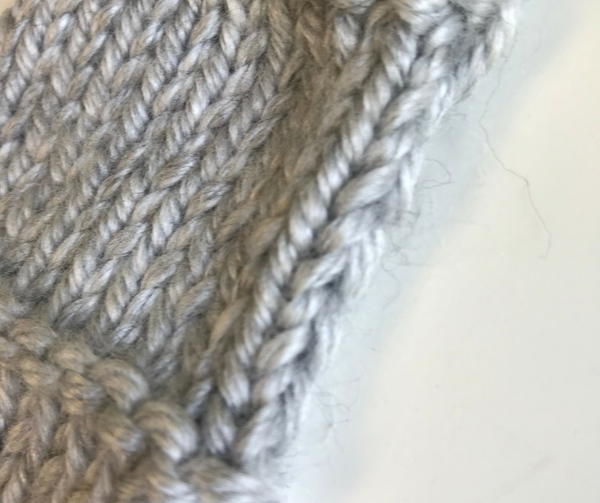
German Slip Stitch Selvedge Edge
While it might look just like the other versions of the slip stitch selvedge edge, the German method is unique in that the only slipping is done at the end of the row, instead of at the beginning or on both sides of the same row. One down side to the German style of edging is that you have to worry about where you put your working yarn when you're doing your slip stitch at the end.
How to Do It:
RS Rows: Knit the first stitch, continue in pattern, slip the last stitch purlwise with yarn in back.
WS Rows: Purl the first stitch, continue in pattern, slip the last stitch purlwise with yarn in front.
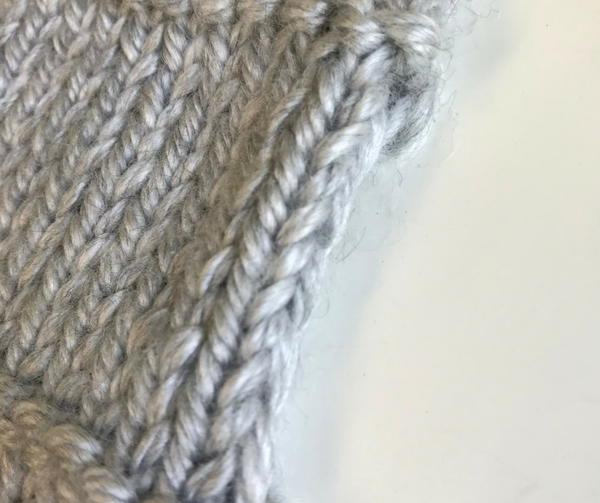
Garter Stitch Selvedge Edge
The garter stitch selvedge edge is one of the most basic edges in knitting. In fact, you've probably worked this edge without knowing it when doing your first swatch of garter stitch. There is also an alternate version called the reverse garter stitch selvedge edge, but it will behave in a similar way. This edge is great for textured fabrics, like seed stitch, moss stitch, and garter stitch.
How to Do It:
RS & WS Rows: Knit the first stitch, continue in pattern, knit the last stitch.
Reverse Garter Stitch Selvedge Edge:
RS & WS Rows: Purl the first stitch, continue in pattern, purl the last stitch.
